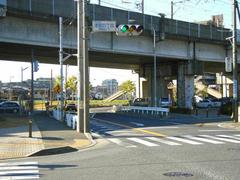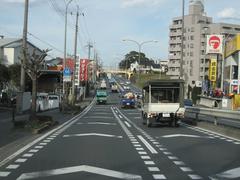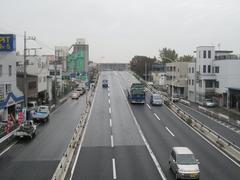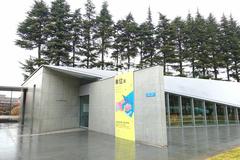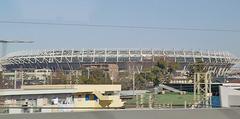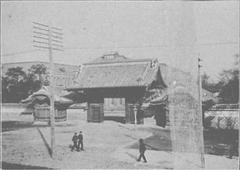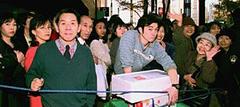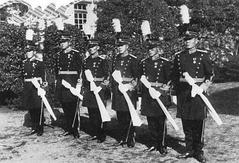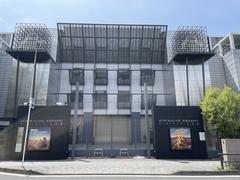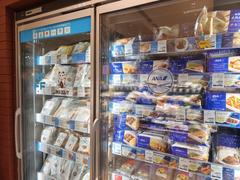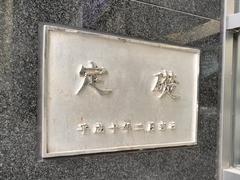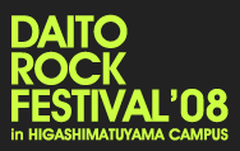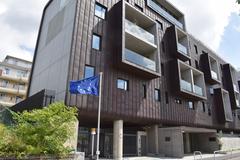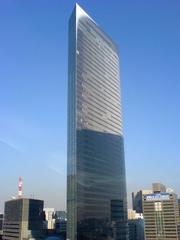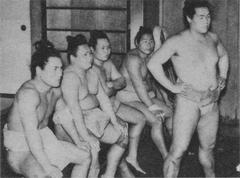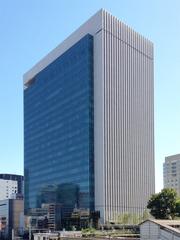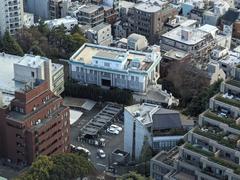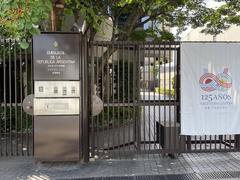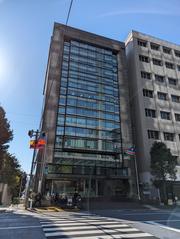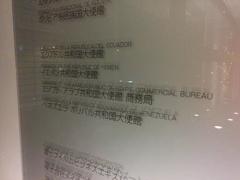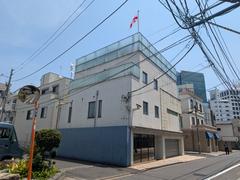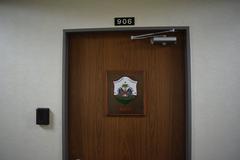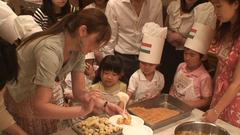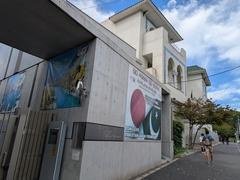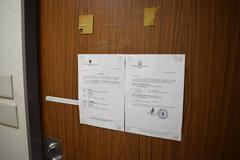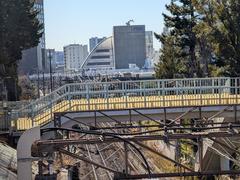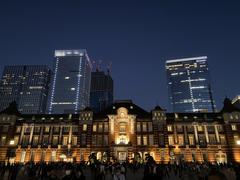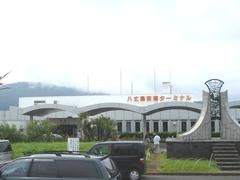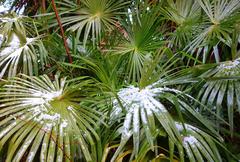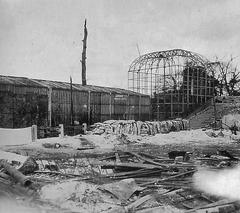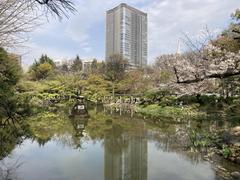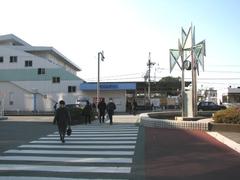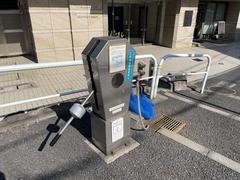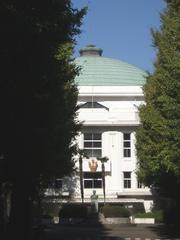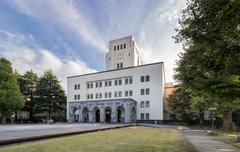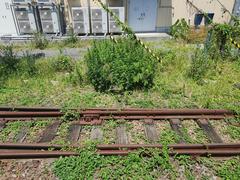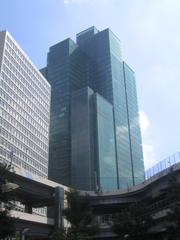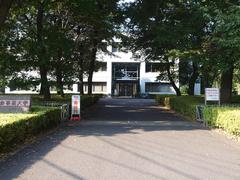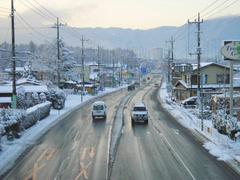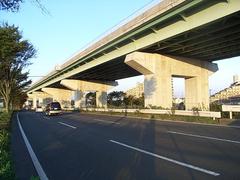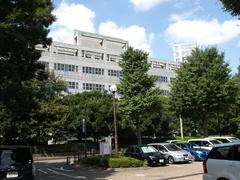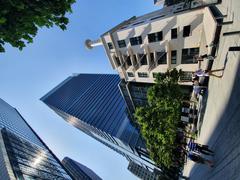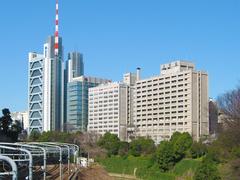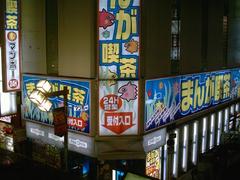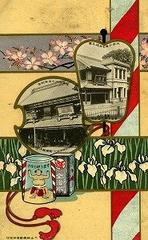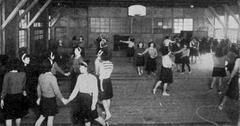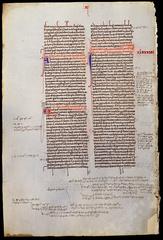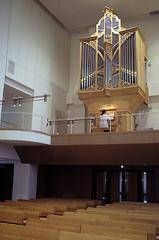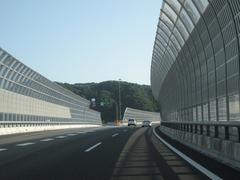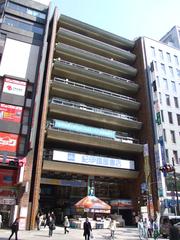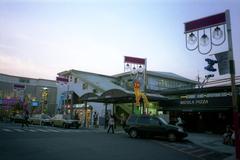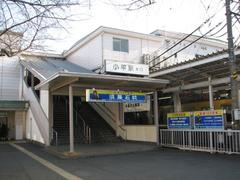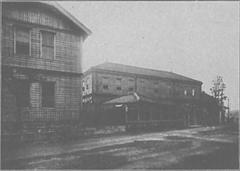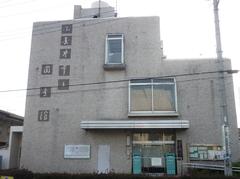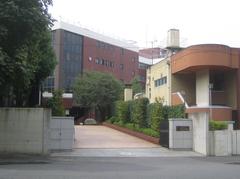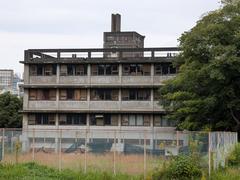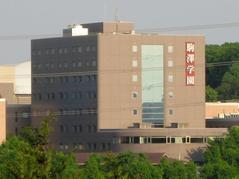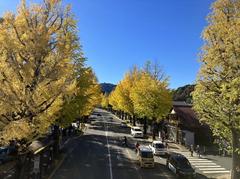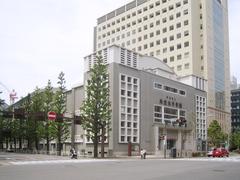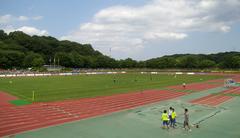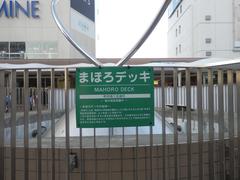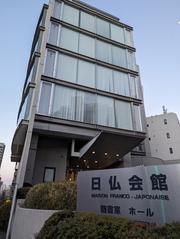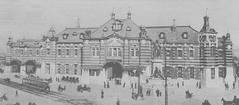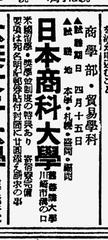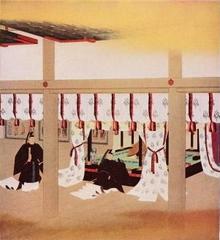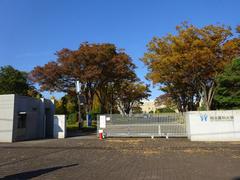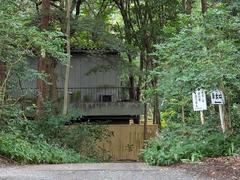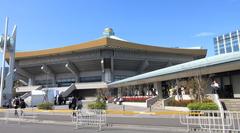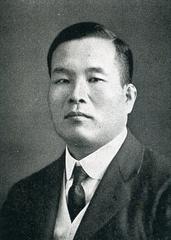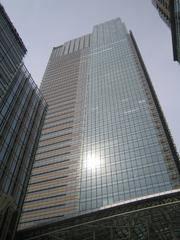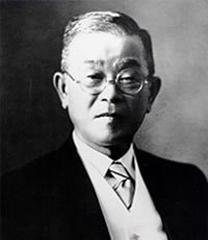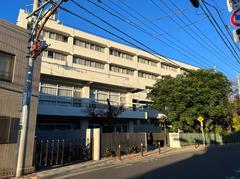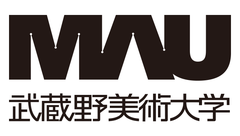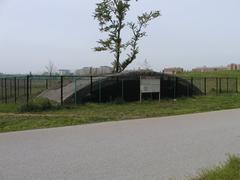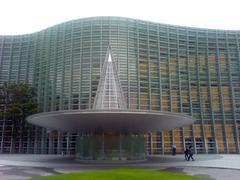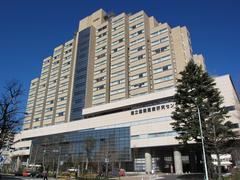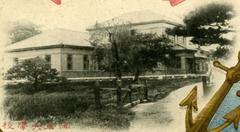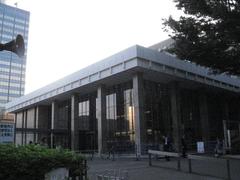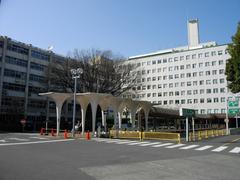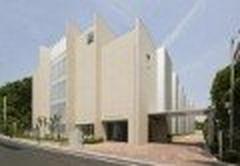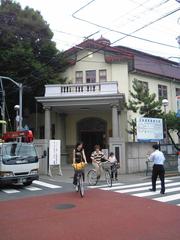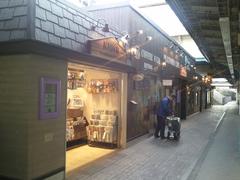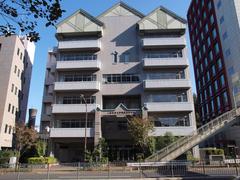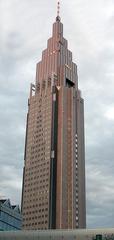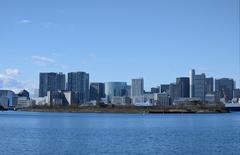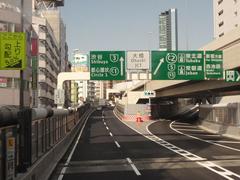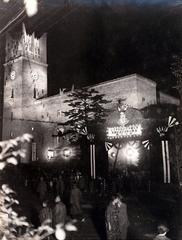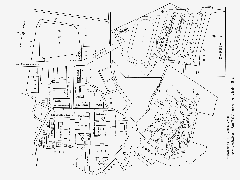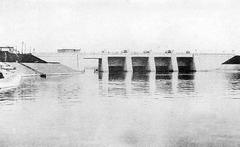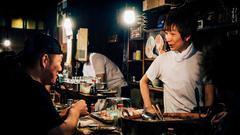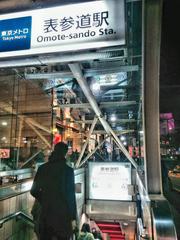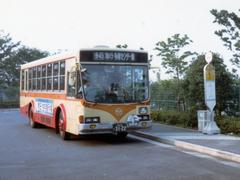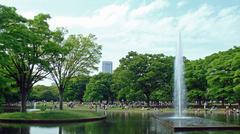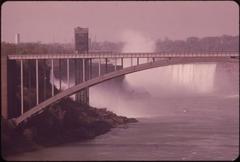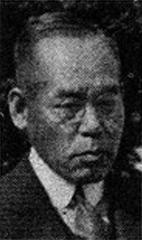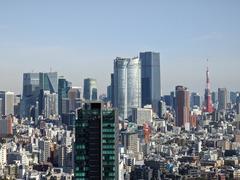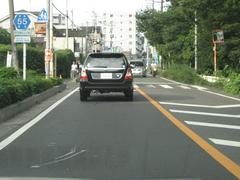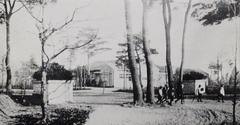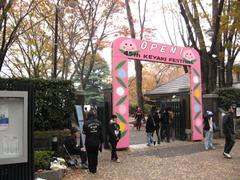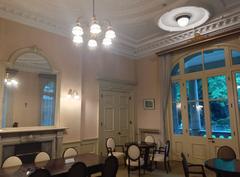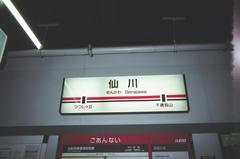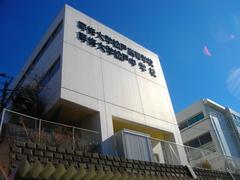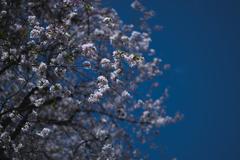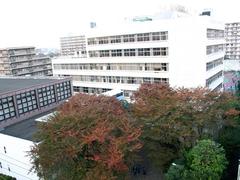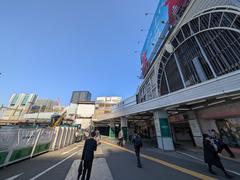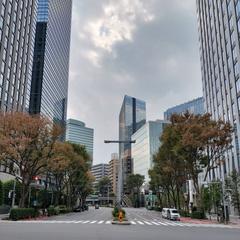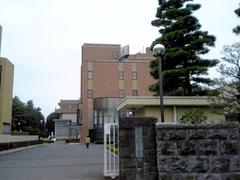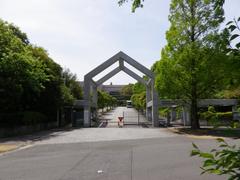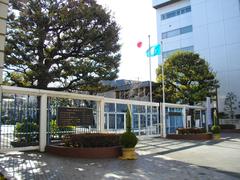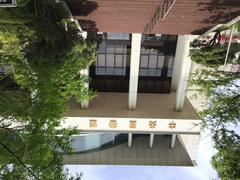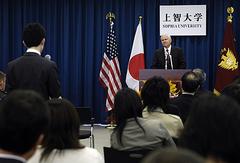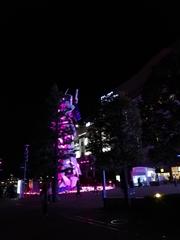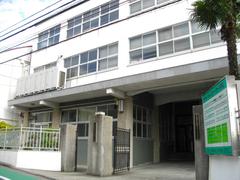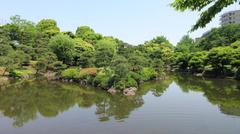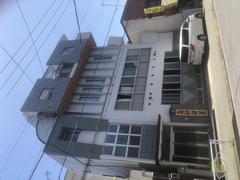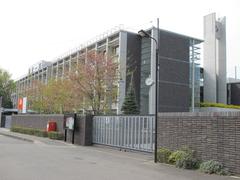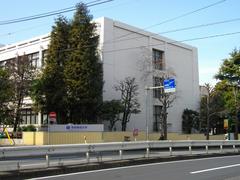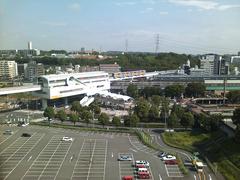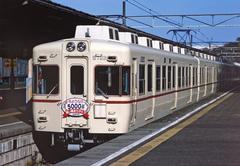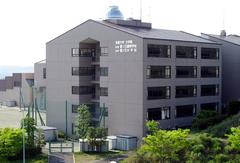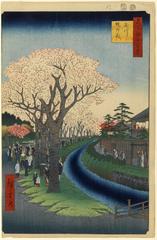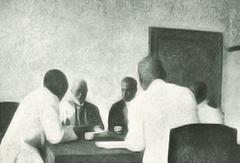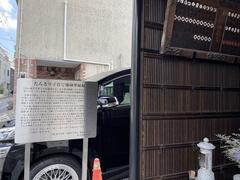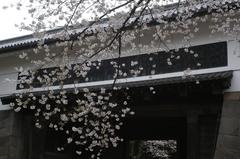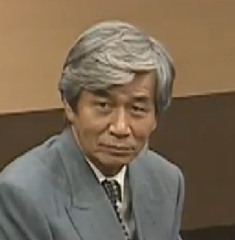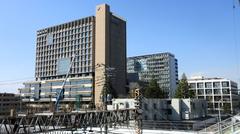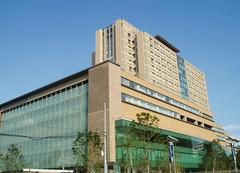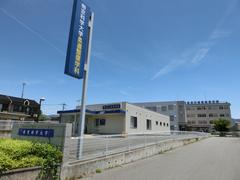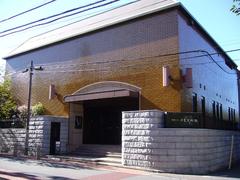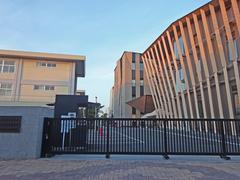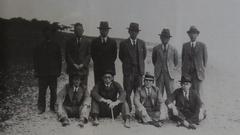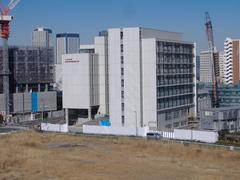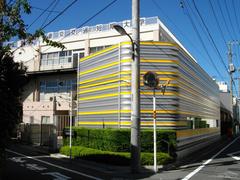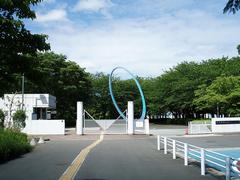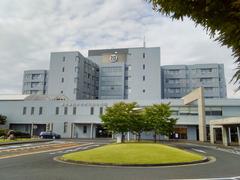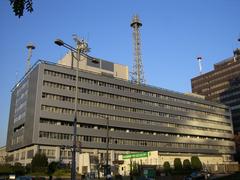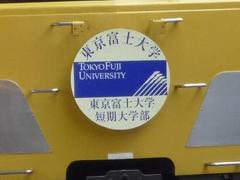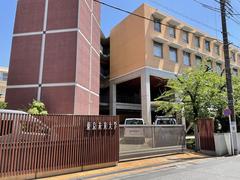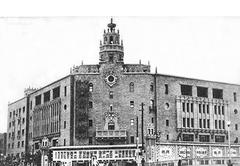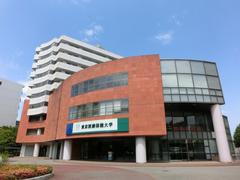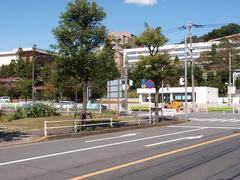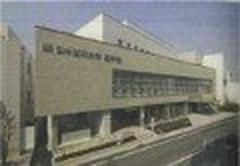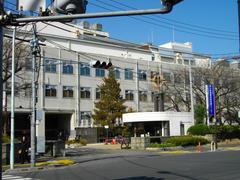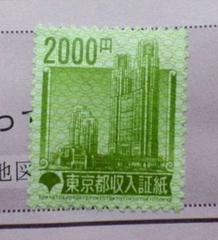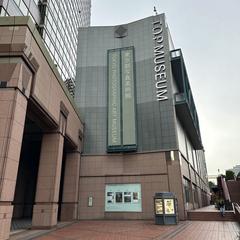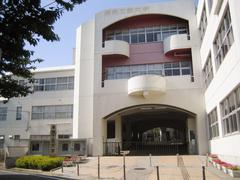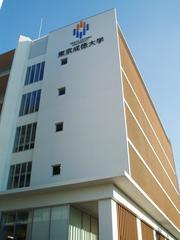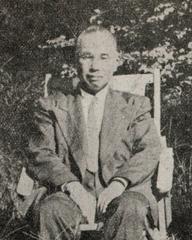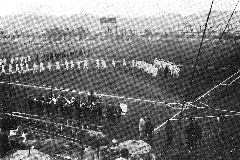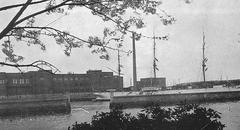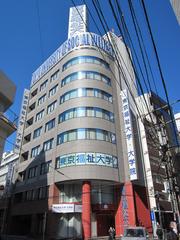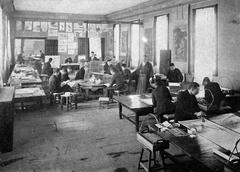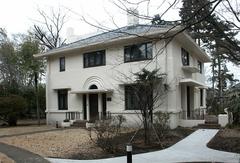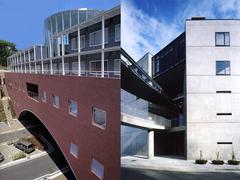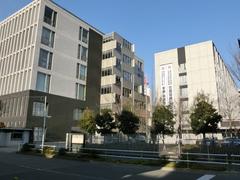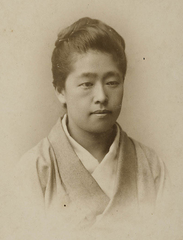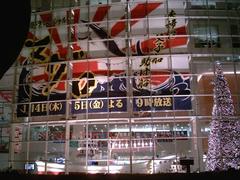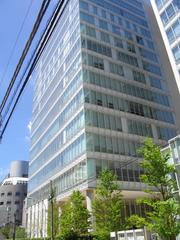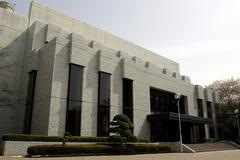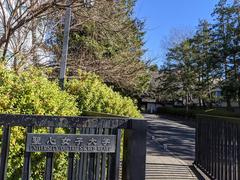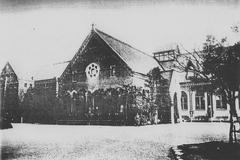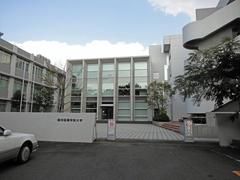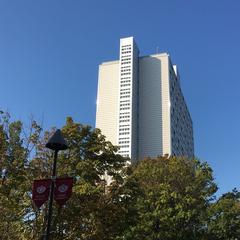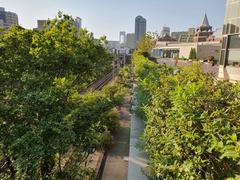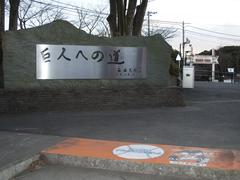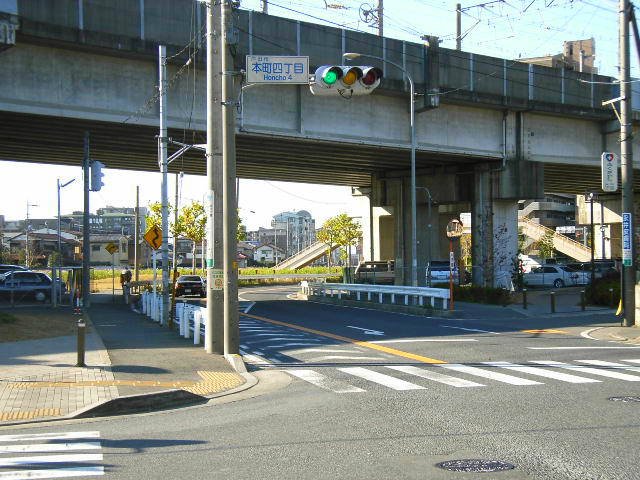
Tokyo Metropolitan Road And Saitama Prefectural Road Route 68
Tokyo Metropolitan Road and Saitama Prefectural Road Route 68: Comprehensive Visiting Guide and Travel Tips
Date: 14/06/2025
Introduction
Tokyo Metropolitan Road and Saitama Prefectural Road Route 68 is a crucial transportation artery that bridges the dynamic metropolis of Tokyo with the culturally vibrant suburbs of Saitama Prefecture. This in-depth guide offers travelers, commuters, and culture seekers everything they need to explore Route 68—covering its historical roots, route alignment, major attractions, and practical travel tips for an optimized journey. Whether you are planning a cultural day trip, a leisurely scenic drive, or a commuter route, understanding Route 68 will help you navigate this significant corridor with ease and enrich your experience (Mori Memorial Foundation; Britannica).
Table of Contents
- Introduction
- Historical Development and Strategic Importance
- Route Overview and Visitor Information
- Top Destinations and Activities Along Route 68
- Cultural Experiences and Local Traditions
- Practical Tips for Visitors
- Guide to Omiya Bonsai Village and Saitama Historical Sites
- Saitama Historical Monument: Visitor Guide
- Summary and Final Tips
- References
Historical Development and Strategic Importance
Early Urban Expansion and Road Planning
Route 68 has its origins in the urban expansion following the Meiji Restoration. As Tokyo grew rapidly, the need for well-planned transportation corridors became apparent. Route 68, alongside other metropolitan and prefectural roads, was developed to support growing populations and economic activity (Mori Memorial Foundation).
Metropolitan and Prefectural Roads’ Role
Jointly managed by the Tokyo Metropolitan Government and Saitama Prefectural Government, Route 68 exemplifies effective inter-regional collaboration. Its dual designation allows for coordinated upgrades and traffic management, serving as a vital conduit for both commuters and freight traffic (Springer Nature).
Postwar Growth and Modernization
The post-WWII era saw rapid infrastructure expansion to connect newly developed residential and commercial areas in Saitama with Tokyo, fostering integrated metropolitan growth (Britannica).
Recent Upgrades
Ongoing enhancements to Route 68 include lane expansions, advanced signage, and smart traffic systems, which support major regional events and the area’s increasing transportation needs (Shutoko).
Route Overview and Visitor Information
Alignment and Accessibility
Route 68 stretches from Tokyo’s northwestern corridor into the heart of Saitama Prefecture, connecting urban centers, residential suburbs, and scenic countryside (Japan Guide). It links major transportation hubs, expressways, and railway lines, offering seamless integration with public and private transit networks (Shutoko Route Guide).
Key Sections and Traffic Updates
The route features multi-lane roads, bicycle lanes, and pedestrian walkways. Traffic congestion is most pronounced during morning and evening rush hours. Utilize real-time navigation apps for traffic updates and alternate routes during peak periods (Shutoko).
Travel Tips
- Tolls: Route 68 is toll-free.
- Public Transit: Extensive bus and rail connections make the route accessible even without a car.
- Cycling and Walking: Many sections offer dedicated lanes for safe and scenic cycling or walking.
Landmarks and Attractions
Route 68 provides direct access to numerous attractions:
- Omiya Bonsai Village
- Kawagoe’s Kurazukuri Street
- The Railway Museum
- Tokorozawa Aviation Memorial Park
- Belluna Dome (Seibu Dome)
- Terasaka Rice Terraces
Top Destinations and Activities Along Route 68
Kawagoe (“Little Edo”)
Kawagoe is celebrated for its Edo-period architecture, notably Kurazukuri Street and the Toki no Kane (Bell of Time) tower, which chimes four times daily. Kawagoe Hikawa Shrine hosts vibrant summer festivals and is open daily from 9 AM to 5 PM. Kimono rentals are popular for those wishing to stroll the historic streets authentically.
- Tickets: No fee for general street access; museum entry ranges from 200–500 yen.
- Accessibility: Pedestrian-friendly, with some limitations for wheelchairs inside older buildings.
Nagatoro
Nagatoro delights nature lovers with river cruises (9 AM–4 PM, ¥1,500 for adults), hiking trails, and seasonal foliage. Water activities like rafting and kayaking are available during warmer months.
- Accessibility: River cruise embarkation points have ramps; some hiking trails are challenging for those with limited mobility.
Tokorozawa Aviation Memorial Park
Home to an aviation museum (9:30 AM–5 PM, ¥300 adults/¥100 children) and a large monthly flea market. The park is wheelchair accessible and ideal for picnics.
Belluna Dome (Seibu Dome)
This sports and event venue hosts Saitama Seibu Lions baseball games and seasonal festivals. Event schedules and tickets are available on the official website.
Terasaka Rice Terraces
Located in Yokoze, the terraces are especially beautiful during the July Firefly Festival, which offers free evening access.
Cultural Experiences and Local Traditions
Festivals and Events
- Kawagoe Festival (October): Parade of ornate floats and traditional performances.
- Hikawa Shrine Summer Festivals: Wind chimes and pinwheels from June to August.
- Nagatoro Autumn Foliage: Celebrated with cruises and local food fairs.
- Terasaka Firefly Festival (July): Stunning natural spectacle.
Local Cuisine
- Kawagoe: Sweet potato treats and eel dishes.
- Nagatoro: Grilled river fish and natural ice desserts.
- Saitama Region: Local sake and craft beers are available at breweries and pubs.
Artisanal Shopping
Find ceramics, lacquerware, and textiles in Kawagoe’s Kurazukuri district, as well as nostalgic sweets in Kashiya Yokocho. The Tokorozawa flea market is a haven for antiques and local produce.
Historical and Religious Sites
- Kawagoe Hikawa Shrine: Ancient matchmaking rituals, open daily.
- Roadside Shrines: Hidden gems for peaceful reflection along Route 68.
Practical Tips for Visitors
Transportation
- Train: JR and private lines provide fast access from Tokyo to destinations along Route 68.
- Bus: Local and express buses serve all major attractions.
- Car: Driving is scenic, but parking is limited during festivals.
Best Times to Visit
- Spring (March-April): Cherry blossoms.
- Autumn (November): Foliage.
- Summer/Fall Festivals: Check schedules for specific events.
Language and Etiquette
English is commonly used in tourist areas, but learning basic Japanese greetings is appreciated. Remember to remove shoes indoors and observe quiet in sacred spaces.
Outdoor Activities
Hiking, river cruises, and seasonal outdoor festivals are plentiful. Picnic areas and scenic viewpoints abound along the route.
Guide to Omiya Bonsai Village and Saitama Historical Sites
Omiya Bonsai Village
- Hours: Nurseries 9 AM–5 PM; Bonsai Museum 10 AM–4:30 PM (closed Mondays).
- Tickets: Museum approx. 300 yen adults; discounts for children/seniors.
- Transport: Accessible via JR and local buses from Omiya Station; limited parking on site.
- Best Seasons: Spring and autumn for peak bonsai beauty.
Kawagoe and The Railway Museum
- Kawagoe: Open access; shops 10 AM–6 PM. Some museums/temples charge admission.
- Railway Museum: 10 AM–6 PM, tickets ¥1,000 adults/¥500 children.
Accessibility and Safety
Most sites are equipped for mobility-impaired visitors, with elevators and ramps. Public transport is safe and efficient; lockers are available for luggage at major stations.
Saitama Historical Monument: Visitor Guide
History and Significance
The Saitama Historical Monument, dating to the early Edo period, celebrates the region’s historic and cultural legacy through architecture, gardens, and curated exhibits.
Visiting Hours and Tickets
- Open: Daily 9 AM–5 PM (last entry 4:30 PM, closed Mondays and holidays).
- Tickets: 800 yen adults, 500 yen students, free for children under 12. Group discounts available.
- Tours: English and Japanese guided tours offered daily; audio guides available.
Accessibility
The site features ramps, tactile paving, and accessible restrooms. It is well-served by nearby bus and train stops.
Summary and Final Tips
Tokyo Metropolitan Road and Saitama Prefectural Road Route 68 is much more than a transport link—it is a gateway to the region’s cultural, historical, and natural treasures. From the artistry of Omiya Bonsai Village and the preserved streets of Kawagoe to the scenic beauty of Nagatoro and educational museums, Route 68 offers diverse experiences for every traveler (Mori Memorial Foundation; Shutoko; Japan Guide).
For an optimal visit:
- Use public transport during busy seasons.
- Check festival and museum schedules in advance.
- Download the Audiala app for real-time updates and itineraries.
- Follow local tourism boards and social channels for event news.
References and Further Reading
For more inspiration and the latest updates, explore official tourism websites, and consider related articles on Japanese festivals, traditional crafts, and hiking in Tokyo and Saitama.
